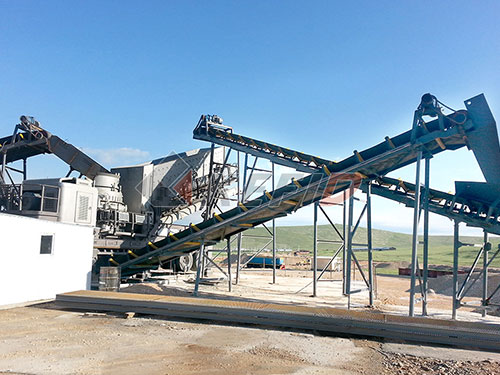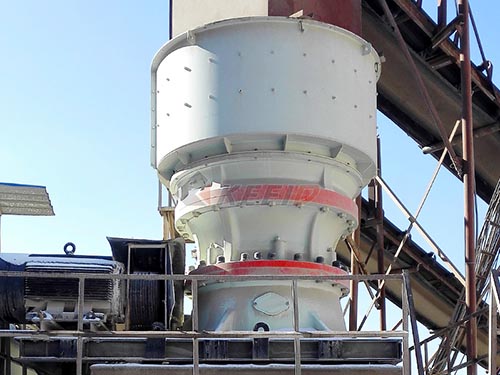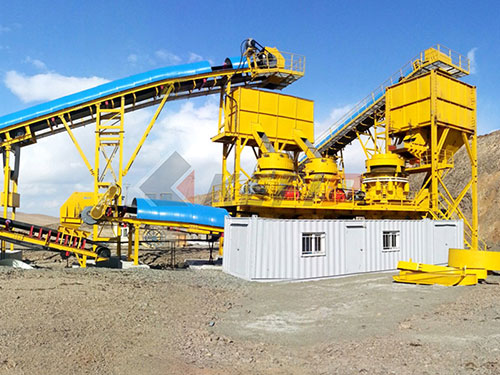The Economics of Efficiency: Navigating Ball Mill Grinding Ball Prices per Ton in South Africa
South Africa’s vast mineral wealth – gold, platinum, chrome, iron ore, coal, diamonds – forms the bedrock of its economy. Extracting and processing these resources efficiently is paramount. At the heart of this comminution process in countless mines and processing plants lies the humble yet critical ball mill. Within these rotating drums, grinding balls perform the relentless task of reducing ore particle size through impact and abrasion. For plant managers, procurement specialists, and financial controllers across South Africa’s mining sector, understanding the dynamics behind ball mill grinding ball prices per ton is not merely a purchasing exercise; it’s a crucial element impacting operational costs, productivity, and ultimately, profitability.

This article delves deep into the multifaceted world of grinding media pricing within the South African context. We’ll move beyond simplistic quotes to explore the intricate factors shaping costs per ton, analyze prevailing market trends (including 2024 influences), compare major supplier landscapes (local vs. international), and provide actionable strategies for optimizing your grinding media expenditure.
Why Grinding Ball Price per Ton Matters Intensely

The significance of grinding ball costs extends far beyond the initial invoice:
1. Major Operating Cost Component: Grinding media consumption represents one of the largest consumable cost items in mineral processing operations. It can easily account for 10-25% or more of total milling operational costs (excluding energy). Even marginal savings per ton consumed translate into substantial annual savings.
2. Direct Impact on Production Costs: The cost per ton of processed ore is directly influenced by grinding media expenditure. Lower media costs contribute significantly to reducing overall production costs.
3. Linked to Plant Efficiency: While price is critical, it cannot be viewed in isolation from performance (wear rate – kg/ton of ore ground). A cheaper ball that wears twice as fast offers no saving; it increases downtime for relining and handling costs.
4. Budgeting and Financial Planning: Accurate forecasting of grinding media requirements and associated costs is essential for robust mine budgeting and financial control.
Deconstructing Grinding Ball Price per Ton: Influencing Factors
The price quoted per ton for grinding balls is not arbitrary; it’s a complex outcome driven by numerous variables:
1. Raw Material Costs (The Dominant Force):
Steel Scrap & Alloying Elements: High-Carbon Steel or Alloy Steel forms the basis for most forged or cast balls. Fluct

Leave a Reply